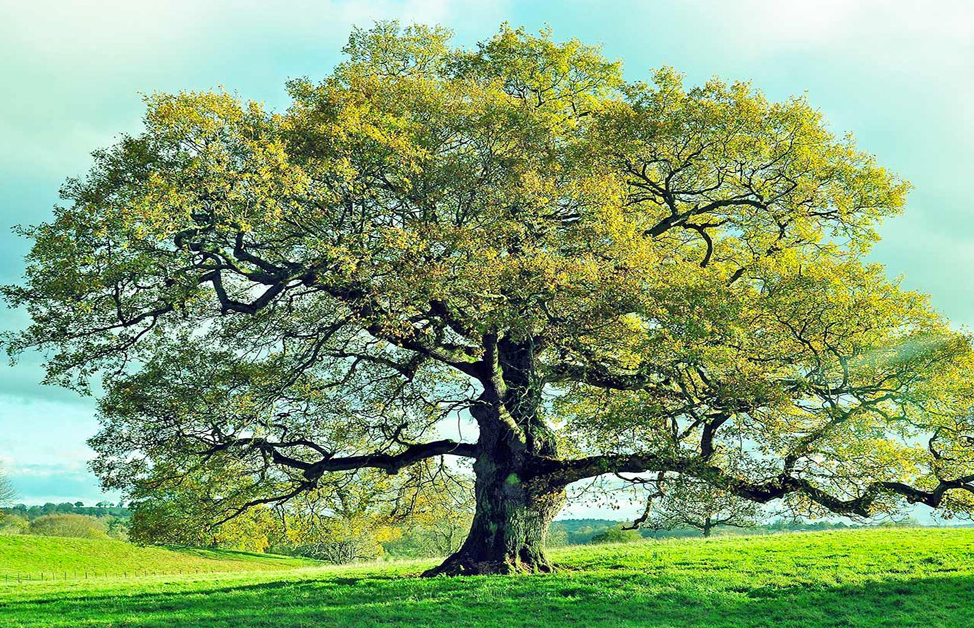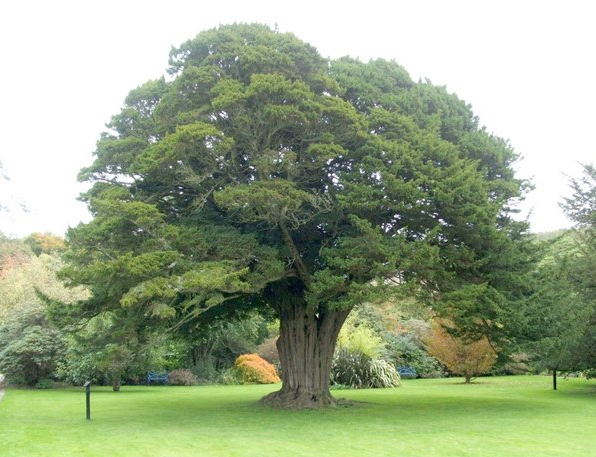Belgium is a country that is known for its rich history, culture, and beautiful landscapes. One of the most unique aspects of Belgium is the Belgium National Tree, the European yew. This tree has a long history in Belgium and has become an important symbol of the country. In this article, we will take a closer look at the European yew and its significance as Belgium’s national tree.
Belgium’s national tree, the European yew, is a fascinating and unique species. This evergreen tree has been an important part of Belgian culture and history for centuries. In this article, we will explore the European yew in more detail, including its physical characteristics, cultural significance, and ecological importance.
Physical Characteristics
The European yew, or Taxus baccata, is a small to medium-sized evergreen tree that is native to Europe, North Africa, and Southwest Asia. It typically grows to a height of 10-20 meters, although some specimens can reach up to 25 meters. The tree has dark green needles that are arranged in a spiral pattern on the stem. The needles are flat and slightly pointed, and they can grow up to 4 centimeters long.
The European yew produces small, reddish-brown berries that are surrounded by a fleshy, bright red cup. The berries are highly toxic to humans and many animals, but they are an important food source for birds.
Cultural Significance of Belgium National Tree
The European yew has a long and fascinating history in Belgian culture. In the Middle Ages, the wood of the yew was highly valued for its strength and durability, and it was used to make longbows for archers. The tree was also believed to have mystical powers and was often planted in cemeteries as a symbol of eternal life.
Today, the European yew is an important symbol of Belgium and its national identity. The tree is featured on the country’s coat of arms, and it is often depicted in art and literature as a symbol of strength and endurance.
Ecological Importance of Belgium National Tree
The European yew is an important species in the ecosystems of Belgium and other parts of Europe. The tree provides habitat and food for a wide range of wildlife, including birds, insects, and mammals. The berries of the European yew are particularly important for birds, which rely on them as a source of food during the winter months.
The bark and leaves of the European yew also contain a number of chemical compounds that have medicinal properties. These compounds have been used to treat a variety of ailments, including cancer, arthritis, and high blood pressure.
Conservation Status of Belgium National Tree
Despite its cultural and ecological significance, the European yew is facing a number of threats in Belgium and other parts of Europe. The tree is vulnerable to overharvesting and habitat destruction, and its populations have been declining in many areas.
To address these threats, a number of conservation initiatives have been launched to protect and restore European yew populations. These initiatives include the establishment of protected areas, the promotion of sustainable harvesting practices, and the development of conservation plans and strategies.
FAQs
- What is the significance of the European yew in Belgian culture?
The European yew has been an important part of Belgian culture for centuries. It was valued for its wood, which was used to make longbows, and it was also believed to have mystical powers.
- What are the physical characteristics of the European yew?
The European yew is a small to medium-sized evergreen tree that has dark green needles arranged in a spiral pattern. It produces small, reddish-brown berries that are toxic to humans and many animals.
- Why is the European yew an important species in Belgian ecosystems?
The European yew plays an important role in Belgian ecosystems as it provides habitat and food for a wide range of wildlife, including birds, insects, and mammals. Its berries are a particularly important food source for birds during the winter months when other sources of food are scarce. The bark and leaves of the European yew also contain a number of chemical compounds that have medicinal properties and are used to treat a variety of ailments.
- What are the threats facing the European yew in Belgium?
The European yew is facing a number of threats in Belgium, including overharvesting and habitat destruction. Its populations have been declining in many areas, and it is now considered a vulnerable species. Climate change is also expected to have a significant impact on the European yew in the coming years, as rising temperatures and changing precipitation patterns could affect its distribution and growth.
- What conservation initiatives are in place to protect the European yew in Belgium?
To protect the European yew in Belgium, a number of conservation initiatives have been launched, including the establishment of protected areas, the promotion of sustainable harvesting practices, and the development of conservation plans and strategies. Efforts are also underway to raise awareness about the importance of the European yew and its role in Belgian culture and ecosystems.
Conclusion
Belgium’s national tree, the European yew, is a fascinating and unique species that has played an important role in Belgian culture and history for centuries. Despite facing a number of threats, the European yew remains an important symbol of strength and endurance, as well as a vital species in the ecosystems of Belgium and other parts of Europe. Through conservation efforts and sustainable management practices, we can ensure that the European yew continues to thrive for generations to come.
References
- “Taxus baccata – European Yew”. Royal Botanic Gardens, Kew. Retrieved 10 May 2023.
- “The European yew in Belgium”. Belgian Biodiversity Platform. Retrieved 10 May 2023.
- “Belgium National Tree”. European Trees. Retrieved 10 May 2023.

